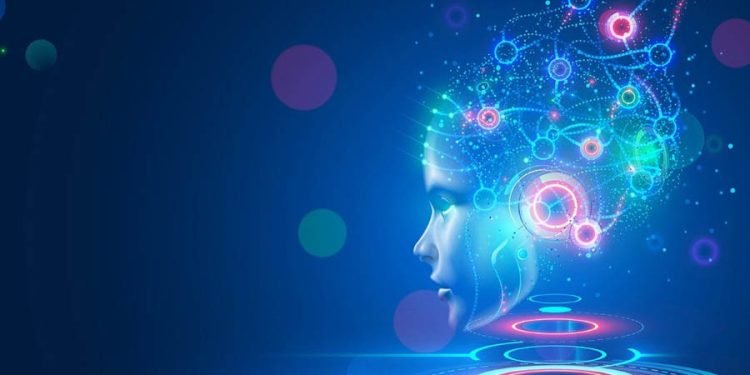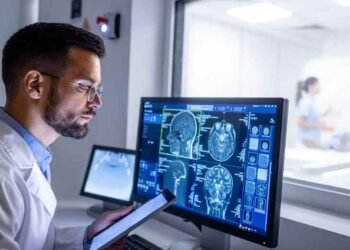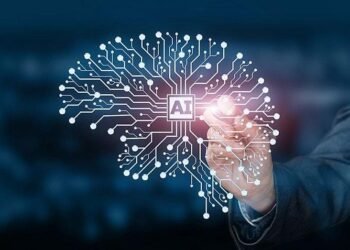Artificial intelligence (AI) is a rapidly evolving technology that has the potential to revolutionize education and learning. AI technologies such as machine learning and natural language processing are being increasingly deployed in educational settings, offering new opportunities for personalized and responsive learning experiences. In this article, we will explore how AI is transforming the future of education and what this means for both educators and students. We will discuss the potential of AI technologies as they have achieved the level where it is possible even to track phone number location, the challenges posed by their implementation and adoption, and how these technologies can be used to support learning objectives in a variety of settings. Finally, we will explore some examples of successful AI-powered initiatives that are already making an impact on education.
AI Technologies and Their Potential in Education
AI technology has the potential to revolutionize the educational process by providing personalized, adaptive learning experiences for students. By utilizing advanced algorithms, AI-powered programs can track a learner’s progress and identify areas where additional instruction or support may be required. This can allow teachers to tailor their instructional approach to meet the specific needs of individual students and ensure that they are able to achieve their learning objectives.
AI technologies can also be used to automate certain tedious aspects of traditional education, such as grading tests or providing feedback on assignments. This can free up more time for teachers to focus on actually teaching and helping students learn rather than correcting papers. AI-powered programs can also provide students with personalized learning paths that are tailored to their own needs, interests, and goals.
In addition, AI-enabled systems can be used to analyze data from a variety of sources, such as student profiles and academic records, to better understand the performance of groups of learners and create targeted interventions that can help them reach their full potential. AI-driven analytics can also be used to understand learning trends and develop better teaching strategies, allowing educators to more effectively meet the needs of each individual student.
Finally, AI can help schools and educators get a better understanding of how various factors – such as socio-economic backgrounds and cultural influences – affect student performance. By utilizing AI-driven analytics, educators can identify areas where students need additional support and help them succeed. AI technology is also being used to create personalized learning plans for each student, taking into account their individual strengths and weaknesses. This allows educators to provide tailored instruction that better meets the needs of each learner.
The challenges of implementing the AI technologies
Although AI technology has the potential to revolutionize K-12 education, there are still several challenges for schools and educators. First, there is a need for improved access to reliable data and resources needed for effective implementation. Schools must have access to accurate student information in order to create meaningful insights from AI analytics. Additionally, training is needed so that educators can properly use AI to their advantage. Finally, it is essential that the privacy and security of student data be protected throughout the process. As schools begin to implement AI technology, they must develop robust protocols to ensure that this sensitive information is not compromised.
Are there any successful examples?
Yes, there are already successful examples of schools using AI for a variety of applications. For instance, some schools are using AI-based technologies to detect plagiarism in student essays and digital assignments. This tool can quickly scan documents in order to ascertain which parts are original and which have been copied from another source. Additionally, AI is being used to enable teachers to better identify students who may need additional help in certain subject areas. AI can analyze student performance data in order to pinpoint which topics require more attention, allowing teachers to provide targeted instruction and support. Finally, AI is being used for facial recognition technology in some schools. This tool can quickly identify visitors and alert security personnel if necessary. In short, AI is revolutionizing the educational experience and has the potential to greatly improve the quality of learning for students around the world.
AI can also be used by universities and other higher-education institutions to improve student outcomes. AI can help universities better understand student behaviors and interests, allowing them to tailor their offerings in order to meet individual needs. Additionally, AI can help universities analyze large amounts of data quickly and accurately to give students advice about courses and career paths. In this way, AI can be used to customize student learning experiences and ensure each student is getting the best possible education.
AI is also being used in online learning platforms to provide students with more personalized instruction. AI systems can monitor and track student progress, providing personalized feedback to students as they work through the course material. This can help ensure that students are getting the most from their learning experience and make it easier for them to ask questions or get additional help when needed.
Finally, AI is being used in admissions processes in order to identify the best candidates for an educational institution. AI systems can quickly scan through applications and assess a variety of data points in order to identify students who are most likely to succeed in a school’s programs. This makes the admissions process more efficient and equitable, as it removes any potential biases that could arise from manual application reviews.
What is the future of AI education?
As AI technology advances, we can expect to see even more ways that it is being used in the education sector. From automated grading and assessment systems to personalized learning experiences, AI is becoming increasingly woven into the fabric of how we learn. With its potential to help students get the most out of their educational experiences, AI promises to be a transformative force within learning and teaching for years to come.
The potential for AI-enhanced education is vast, and as new applications are discovered, the possibilities become greater. It’s an exciting time for educators and learners alike, as AI brings with it a host of opportunities that can be used to create more engaging and effective learning experiences. As we move forward into the age of AI-enhanced learning, it’s important to understand the various aspects of this technology and how it can be used.
Conclusion
In conclusion, AI is transforming the educational landscape and has the potential to revolutionize how we learn, teach, assess, and evaluate. As with any new technology, there are risks and opportunities associated with AI-enhanced learning. It’s important to understand these pros and cons in order to ensure that your school or institution can benefit from the advantages of AI while minimizing any potential drawbacks. With careful implementation and management, AI-enhanced learning can be an invaluable tool for improving the quality of education. By leveraging this cutting-edge technology, teachers and students alike can enjoy greater efficiency and more engaging experiences in their learning journey.












